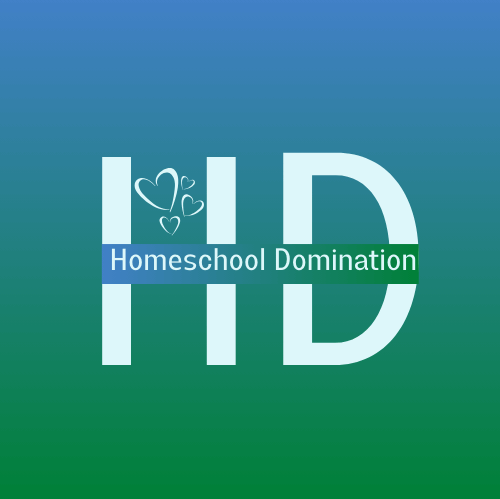Stewardship: Pollinator Patrol – Bees, Butterflies & Beyond

What You’ll Learn
Today we’ll learn how bees, butterflies, and even bats play a huge role in ecosystems—and how we can help them thrive. We will learn to identify common pollinators in our yard or park and how to support pollinators through small DIY actions.
Quick Background
Pollinators are nature’s delivery crew—carrying pollen from flower to flower and helping plants grow fruits and seeds. Without them, most of our food wouldn’t exist! Pollinators like bees, butterflies, hummingbirds, and even certain beetles and bats help flowering plants reproduce. When they visit flowers to collect nectar or pollen, they accidentally transfer pollen between blooms—helping fruits and seeds grow. More than 75% of flowering plants and about 1 in every 3 bites of food we eat depend on these pollinators.
But many of them are in decline due to habitat loss, pesticide use, and climate changes. Today, we’re going to go on a Pollinator Patrol—not just to observe, but to help.
Try it Together
1. Go Outside: Pick a time when the sun is out and flowers are blooming.
2. Watch & Record: Can you spot…
🐝 Bees
🦋 Butterflies
🌸 Moths
🐦 Hummingbirds
🐞 Beetles or other crawling pollinators
3. Tally Your Finds: Use a journal or phone to log what you saw. Note: What kind of flower were they visiting?
Bonus Activity:
Build a Pollinator Water Station:
> Use a shallow dish + pebbles or marbles
> Fill with water just below the top
> Place it in your yard to give pollinators a place to drink!
Quote
“If the bee disappeared off the surface of the globe, then man would have only four years of life left.”
— Albert Einstein
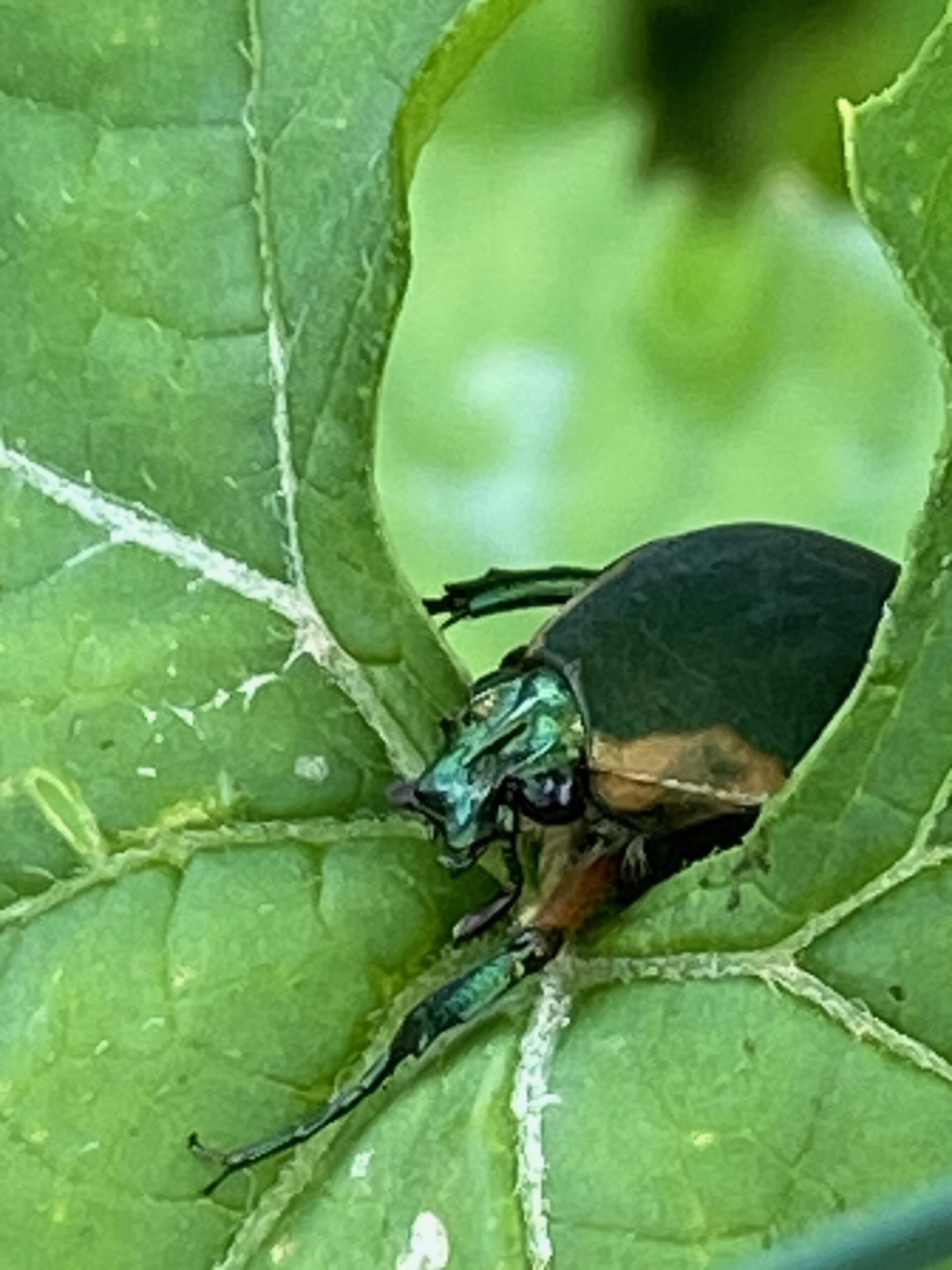
Family Talks (Reflection Prompts)
1. What kinds of pollinators did you see today?
2. Which flowers seemed most popular?
3. Did any pollinators surprise you?
4. Why do you think some flowers attract more visitors than others?
Why is this relevant?
Environmental Stewardship + Scientific Inquiry are important life skills. You’re learning how to observe ecosystems, take responsibility for the natural world, and make decisions that impact the planet. That’s a life skill the future needs.
Pollinator health = human health.
Without them, we’d lose foods like apples, berries, almonds, squash, and even chocolate. Learning to observe and care for these tiny helpers teaches us how interconnected life is, and how our choices (like planting wildflowers or avoiding chemicals) can make a big difference.
Document It!
1. Take photos of the pollinators you spotted.
2. Sketch your favorite one.
3. Track how many you see over the next week.
4. Create a “Pollinator Report” to share with your family or homeschool group.
Optional: Share a fun fact or picture online to raise awareness using #Learn365 or your family hashtag.
Bonus challenge (Optional)
Partner up with your community to start a tree-planting project or to create a wild garden.
Get Weekly Learn 365 Straight to Your Inbox
Your Weekly Learn 365 and Learning Stories in your inbox.
Related Learning Stories
Our learning stories – also called Voices of Learning – as learning implementations of our Learn 365. These are written by parents and students to show an example of how they implemented our Learn 365 snippets.
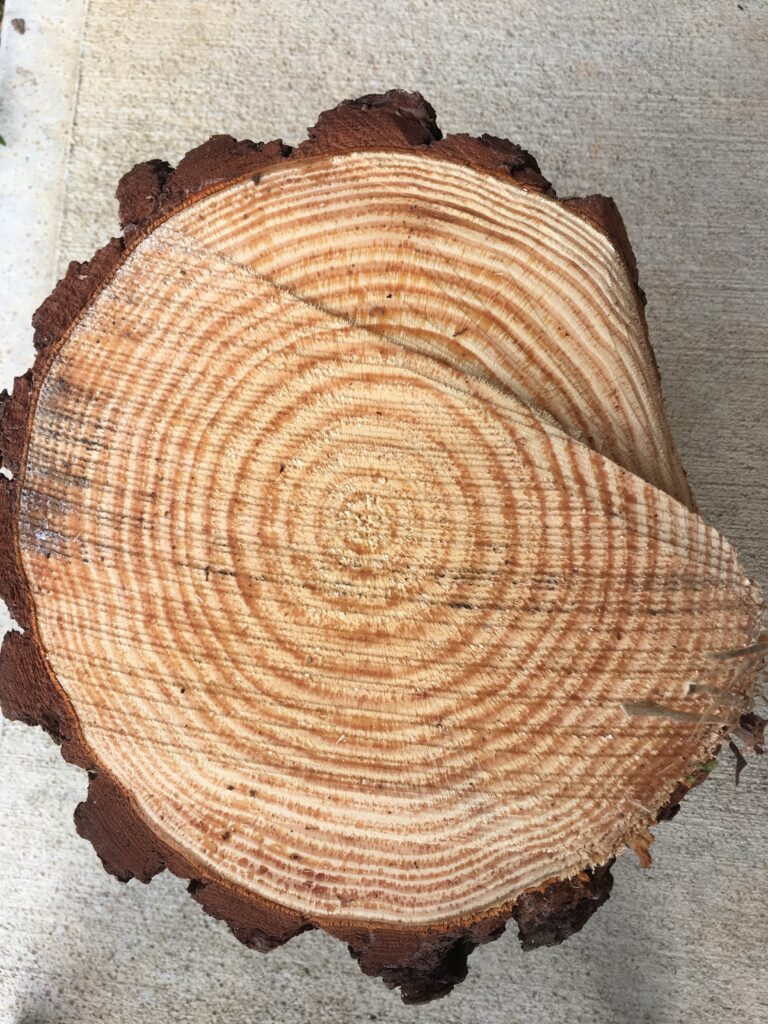
Free Science Homeschool Ideas in Your Yard – Part 2
Have you been thinking about how you can homeschool free in your yard? Well, science is really not very…
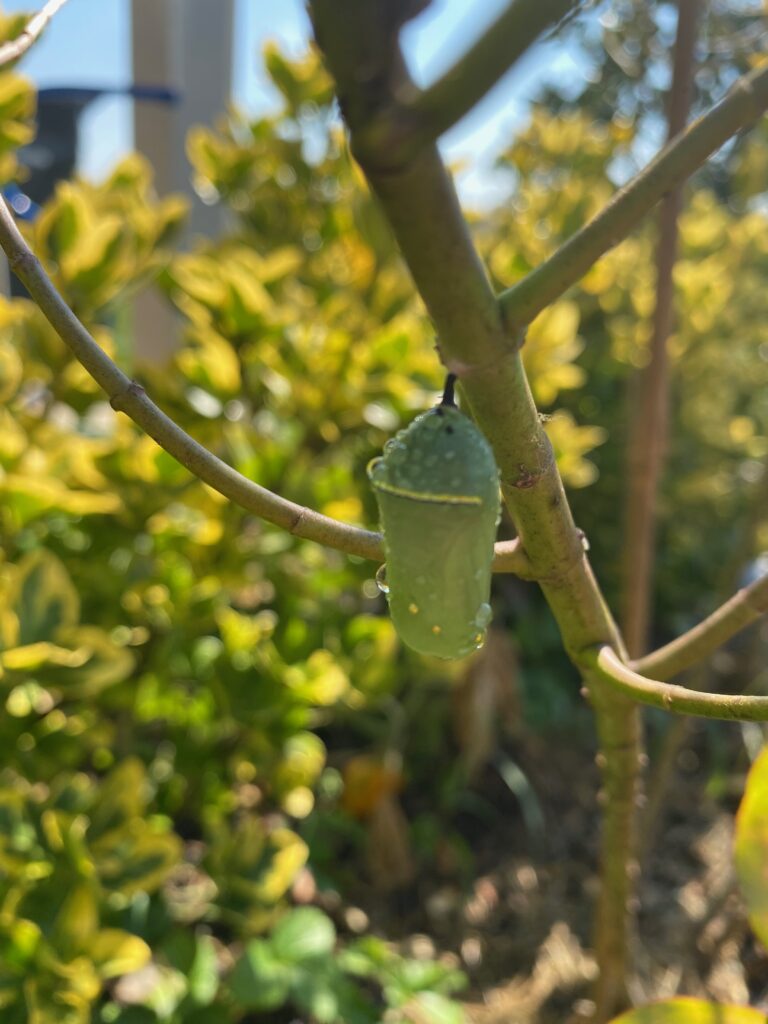
Free Science Homeschool Ideas in Your Yard – Part 1
Have you been thinking about how you can homeschool free in your yard? Well, science is really not very…

Advantage of Blank Paper and a Pencil
Are you looking for an activity to start your homeschool day their creative minds? Consider a daily creative learning…
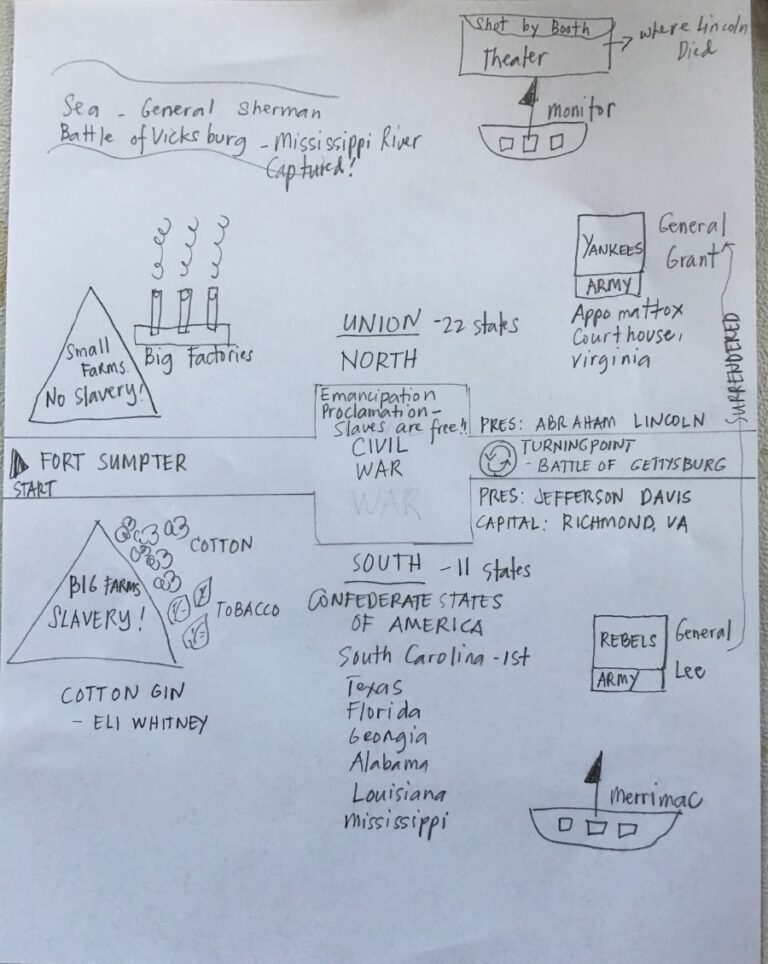
Learning History
Is your child struggling when learning history? Visualizing the story about this history might help just like how we…

At the End of the Mess is a…
Today, we decided to get some baking done using a chocolate brownies recipe from Annabel Karmel‘s First Meals. We rebel out…
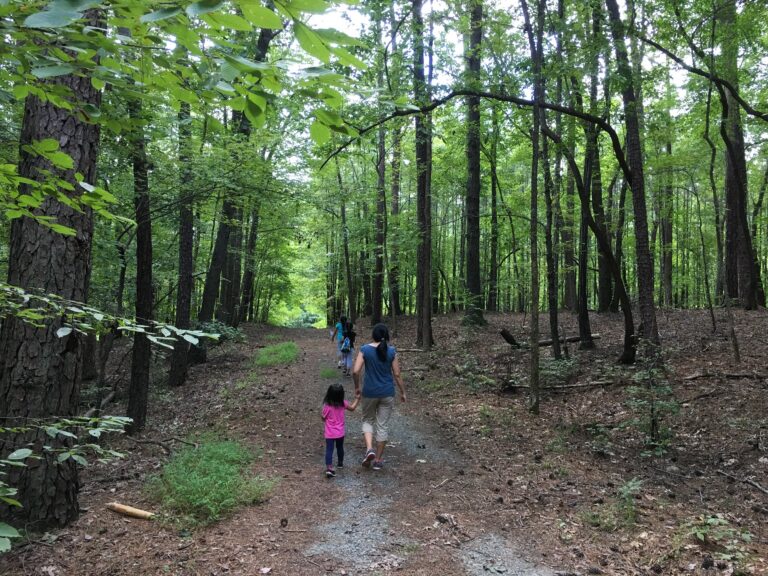
The 2.8 Mile Loop
We drove to one of the nearest state park in our area. While we were originally planning to take…
